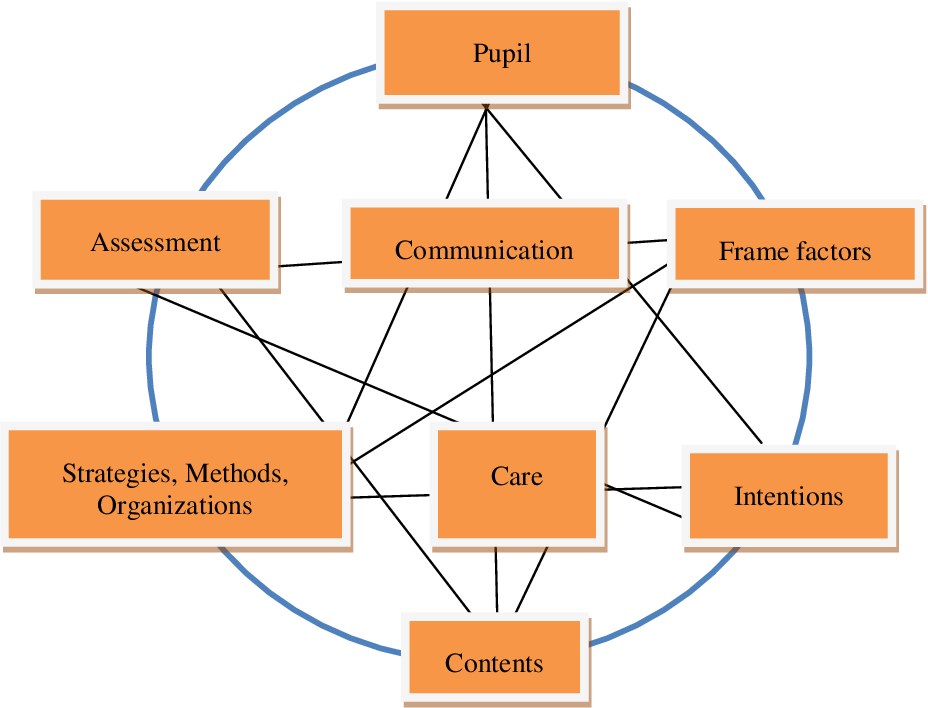In today’s educational environment, what is special needs education? It is the practice of accommodating the differences, disabilities, and special needs of students. This can be done in many ways, and there are many ways to go about implementing it. Below are some ways to make special education a reality for your child. These include: Coexistence classrooms, Inclusive classrooms, and the May Institute. If you want to learn more about this practice, keep reading!
Coexistence
While a primary focus of the inclusion movement has been to improve the quality of education for students with disabilities, the focus of coexistence in special needs education is also an important issue. Coexistence involves addressing the barriers to participation and promotes active involvement of families and students with disabilities. The current study demonstrates that the results of the inclusion movement have been very encouraging, and the need for more research is apparent. The future of the field will require further research examining how social coexistence can enhance education for students with disabilities.
The current study has three stages, and was conducted during the 2014-2015 academic year. It lasted 8 months, which ensured the durability of the strategies and techniques developed. The research process included a questionnaire administered to both study groups to identify starting points and needs and develop a socio-educational program that would address these needs. This socio-educational program was divided into two parts: a control group and an experimental group.
Self-contained classrooms
Teachers who work in self-contained classrooms often specialize in the unique needs of students with disabilities. These students may have disabilities ranging from autism to developmental or behavioral concerns. Self-contained classrooms also cater to students with specific academic difficulties, such as dyslexia. A lead teacher with special education certification will be responsible for the classroom, while a paraeducator provides instructional support under the supervision of the lead teacher.
Another drawback to self-contained classrooms is that students with disabilities may have difficulty learning through direct instruction. Lessons may also be more complex for students with disabilities. Additionally, students in self-contained classrooms may feel isolated and lack social interaction. Collaboration and extracurricular activities can become difficult. Nevertheless, self-contained classrooms are a useful way to meet the needs of students with disabilities.
Inclusive classrooms
One of the benefits of inclusion classrooms in special needs education is that kids with disabilities can learn with their peers. The inclusion model of classroom helps students with disabilities achieve their IEP goals because they are exposed to more general classroom activities. Additionally, the presence of role models in the classroom helps kids intuitively see and practice new social and behavioral skills. While the benefits of inclusion classrooms are clear, there are still some issues that need to be addressed.
A key issue in establishing inclusive classrooms is the lack of qualified teachers. Many studies have shown that a lack of teachers hinders the inclusion of children with disabilities in the classroom. However, by developing the skills of teachers, the shortage of specialized educators will decrease. Here are some effective approaches for teacher preparation:
May Institute
Parents of children with special needs are often puzzled by the May Institute’s claim that it provides ABA education. But this school is not a specialized special needs school. It uses principles of behavior analysis to help children with autism learn new skills. In fact, the May Institute uses ABA principles to teach students the skills they need to function in the world. Students at the school receive ABA services throughout the day. In fact, it is the largest school of its kind in the country.
At May Institute, students study from highly-trained staff members. Each student receives individualized treatment. Behavior specialists work closely with the May Institute staff to devise behavior intervention plans based on the child’s needs. Students who enroll in one of May Institute’s online programs earn an M.Ed. in Behavior Analysis and are prepared to become behavior analysts. The program has excellent career prospects and is open to all candidates regardless of race or religion.
May Center Schools
The May Institute has four special education schools located in Massachusetts and California, each serving children and young adults with a variety of developmental disabilities. These programs are based on principles of applied behavior analysis and incorporate individual-designed instruction, teaching in small steps, and assessing the function of problem behaviors. The focus of May Center Schools for special needs education is on communication, language, and social interaction, as well as play and self-care skills.
A primary objective of these schools is to ensure the education of every student and meet their individual needs. The ratio of students to teachers is generally six-to-one, ensuring that students are given an individualized educational experience. Some schools also offer special facilities, such as sensory rooms, swimming pools, and soft play areas. For parents, these programs may provide the support and education a child with a disability needs to thrive and reach their full potential.

